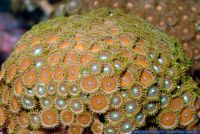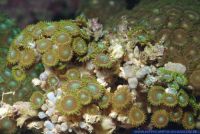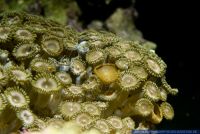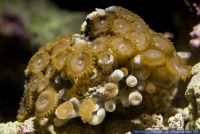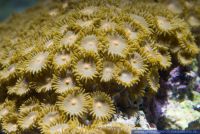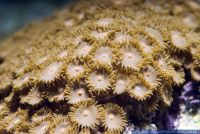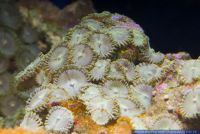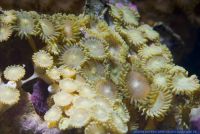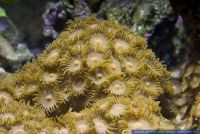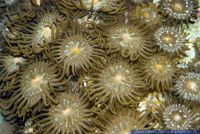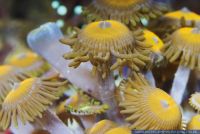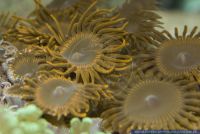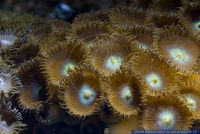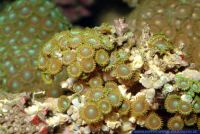Zoanthus spec.
Sea Mat
Exif Keywords: Meer, Meerestier, Meerestiere, Niedere Tiere, Wirbellose, Invertebrata, Invertebrate, Invertebrates, Korallenriff, coral reef, Cnidaria, Hohltiere, Hohltier, Koralle, Korallen, coral
Exif ImageDescription: Zoanthus spec., Krustenanemone, Sea Mat
Scleractinia, also called Stony corals, are exclusively marine animals; they are very similar to sea anemones but generate a hard skeleton. They first appeared in the Middle Triassic and replaced tabulate and rugose corals that went extinct at the end of the Permian. Much of the framework of coral reefs is formed by scleractinians. ... Source:Wikipedia
Viewed 6965 times



